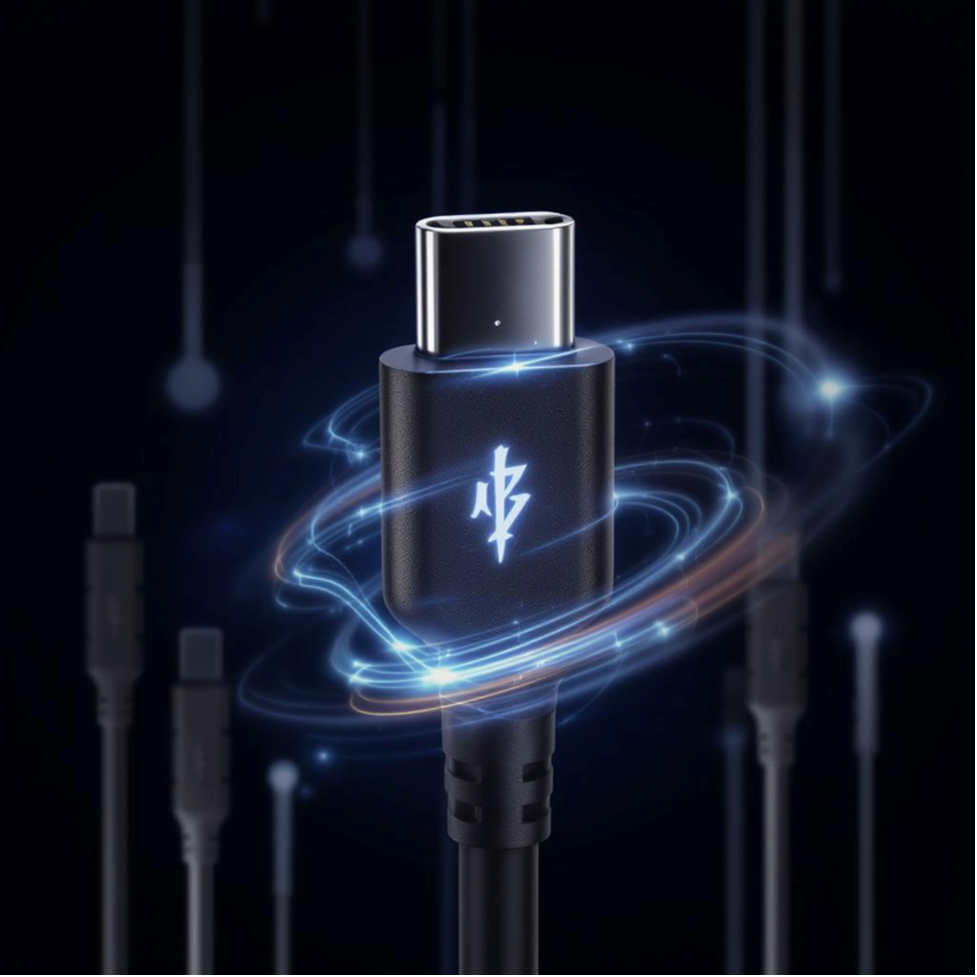We wouldn’t have USB-C if not for Philips, Intel, and others.

TechWatch is the front line of JPR information gathering service, comprising current stories of interest to the graphics industry spanning the core areas of graphics hardware and software, workstations, gaming, and design.
A subscription to TechWatch includes 4 hours of consulting time to be used over the course of the subscription.
Already a subscriber? Login below